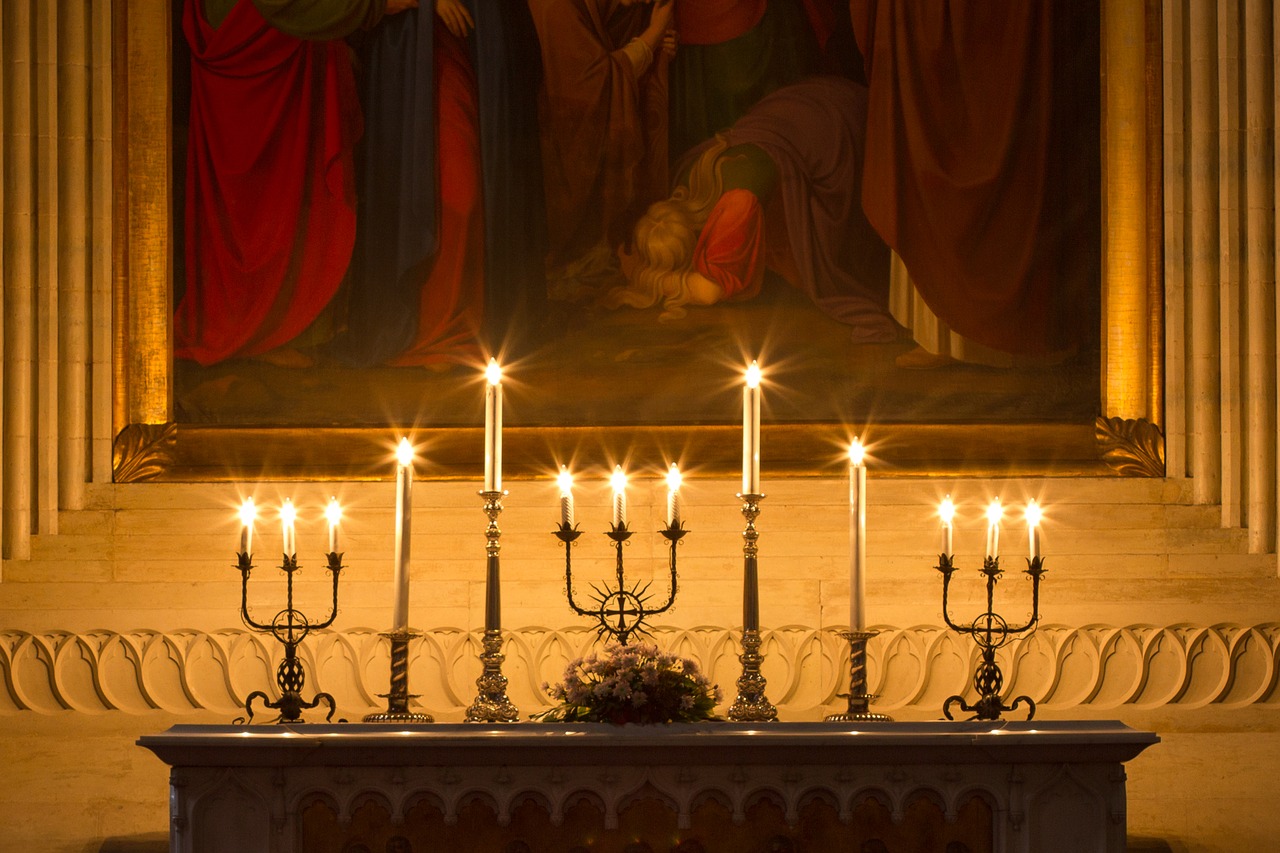The Gutting Of Indian Democracy By Modi-Shah – by Ramachandra Guha
Back in December 2015, I wrote that India was in danger of becoming what I termed an ‘election-only democracy’. Once a party had won an election, and formed a government, its leader(s) behaved as if they were totally immune from critical scrutiny, and could do absolutely what they wished for the next five years, when the next election was to be held.
In a proper democracy, a democracy worth the name, the authoritarian tendencies of leaders elected to public office are kept in check by such institutions as a functioning parliament, a free press, an independent civil service, and an independent judiciary. That is how democracy functions in much of Western Europe and North America, and that is how the framers of our constitution hoped our democracy would function too.
And so it largely did, for the first two decades after Independence. In her early years as Prime Minister, Indira Gandhi followed her predecessors Jawaharlal Nehru and Lal Bahadur Shastri in regularly attending debates in parliament; in keeping the civil service and judiciary free from political interference; and in not seeking to intimidate the press. But after she split the Congress in 1969, her attitude to these things changed. She began promoting a ‘committed’ judiciary and a ‘committed’ bureaucracy, disregarding the importance of parliament, and threatening newspaper proprietors and editors. She also destroyed inner-party democracy within the Congress Party; making it a one-person (and in time, a one-family) show.
It is important to recognize that this emasculation of independent institutions by Prime Minister Indira Gandhi had been underway for several years before the Emergency. Between June 1975 and March 1977, Indian democracy was officially dead, to be miraculously resurrected by Indira Gandhi’s still unexplained decision to call the elections which she and her party lost. After 1977, the institutions of democracy that Indira Gandhi had tamed began to reassert their independence. This was particularly true of the press; as documented by Robin Jeffrey in his book India’s Newspaper Revolution, newspapers and magazines in English and especially in Indian languages were now far braver than ever before, running well-researched exposes of the crimes of politicians of all parties. Equally significant was the restoration of judicial autonomy, and of the Supreme Court in particular. Meanwhile, debates in parliament in the 1980s and 1990s were almost as vigorous as they had been in the 1950s. The one institution which did not regain its independence was the bureaucracy, with postings and transfers of officers now determined as often by proximity to ruling politicians as by professional competence.
This recovery of institutional independence was partial and incomplete; nonetheless, it made many observers (this writer included) hopeful that democracy in India was at least half-way towards fulfilling the hopes of the Republic’s founders. But then came the elections of 2014, and the coming to power of a Prime Minister who, in terms of his political style, is best described as Indira Gandhi on steroids. For, as his years as Chief Minister of Gujarat had already demonstrated, Narendra Modi was even more suspicious of institutional independence than Mrs Gandhi; and even more determined to crush it. Like her, he sought to tame and intimidate the press; to set investigative agencies on his political rivals and opponents; and to emasculate the judiciary. He cast his baleful shadow even on institutions previously regarded as immune from political interference, such as the Army, the Reserve Bank of India, and the Election Commission. He wished to control them too. And, at least to some extent, he has succeeded.
In his bid to impose his absolute authority on his party, his government, and his nation, Narendra Modi has had one key ally-his long-time associate from Gujarat, Amit Shah. First as Party President and now as Home Minister, Shah has played an indispensable and devilishly effective role in neutering democratic opposition outside the government. And in bending to the Prime Minister and the ruling party’s will, autonomous institutions within the government itself.
It was after observing the Modi-Shah jugalbandhi in operation at the centre for a year-and-a-half that, in December 2015, I had characterized India as an ‘election-only democracy’. Alas, it is time to revise that judgement, and to downgrade our democracy further still. We have now arrived at a stage in our history as an independent nation when even elections are coming to matter less and less.
Earlier this week, there were tax raids ordered by the central government on close aides of the Chief Minister of Rajasthan, Ashok Gehlot. These were timed to coincide with the courting by the BJP of his disgruntled deputy, Sachin Pilot, in an attempt to topple the Congress government in the state. That bid appers to have temporarily failed; but that, in the middle of a pandemic, the attempt was made in the first place shows the contempt in which the Modi-Shah regime hold the values and procedures of constitutional democracy.
The happenings in Rajasthan are merely a replay of what happened in Madhya Pradesh in March, and what happened in Karnataka last year. In each of these states, after elections were held, a government that was not led by the BJP came to power-a Congress government in Madhya Pradesh and Rajasthan, and a JD(S)-Congress coalition government in Karnataka. Seeking to overturn the verdict of the voters, in each state, the BJP sought to induce legislators of the parties in power to defect or resign their seats, so that their party could come to form the government instead.
In Karnataka, Madhya Pradesh, and now Rajasthan, the BJP has sought, by wholly immoral and undemocratic means, to change the result of an election that went against it. But the dirty tricks of the ruling party in this regard are by no means restricted to these three states. In Goa and Manipur, it was not love of Narendra Modi or devotion to Hindutva that encouraged MLAs who were independents or from smaller parties to hitch their wagon to the BJP-it was something more material, more fungible. Likewise, the rash of Congress MLAs resigning before a Rajya Sabha election in Gujarat (and some other states) is not entirely unconnected to the deep pockets of the ruling party.
Estimates of how much money was offered to these legislators to defect vary. The Rajasthan Chief Minister, Ashok Gehlot, has claimed that Congress MLAs are being offered ₹ 25 crores each to join the BJP. Journalists I have spoken to think that these estimates are broadly accurate. One presumes that the figures for Madhya Pradesh and Karnataka are comparable. The sums of money changing hands are staggering indeed. Where does it all come from? From the dodgy electoral bonds that the Supreme Court has regrettably failed to examine? Or from even shadier sources?
These transactions raise a more fundamental question still-if legislators can be bought and sold at any time, what is the purpose of holding elections in the first place? Does not this nullify entirely the democratic will of the millions of Indians who voted in the Assembly elections in these states? If the money power of the BJP can so effectively override the outcome of a supposedly free and fair election, can India even call itself an ‘election-only’ democracy?
I have spoken of Narendra Modi as being Indira Gandhi on steroids. By this I mean that he is both more subtle as well as more ruthless. Indira used, as it were, a blunt khurpi to undermine institutions; Modi uses a sharp sword. She had second thoughts about some of her actions, the Emergency notably, whereas remorse and guilt are absolutely foreign to his nature. Besides, for all her other faults, Indira had a deep commitment to religious pluralism. On the other hand, Modi is authoritarian as well as majoritarian.
The institutions and ethos of Indian democracy were badly damaged by Indira Gandhi’s years in power. They eventually recovered, slowly and haltingly. Even if it fell short of the ideals of our Constitution-makers, the India of (roughly) 1989 to 2014 was still recognizably a democracy, albeit a flawed and imperfect one. Whether the institutions and ethos of Indian democracy can ever recover from Narendra Modi’s years in power is an open question.






